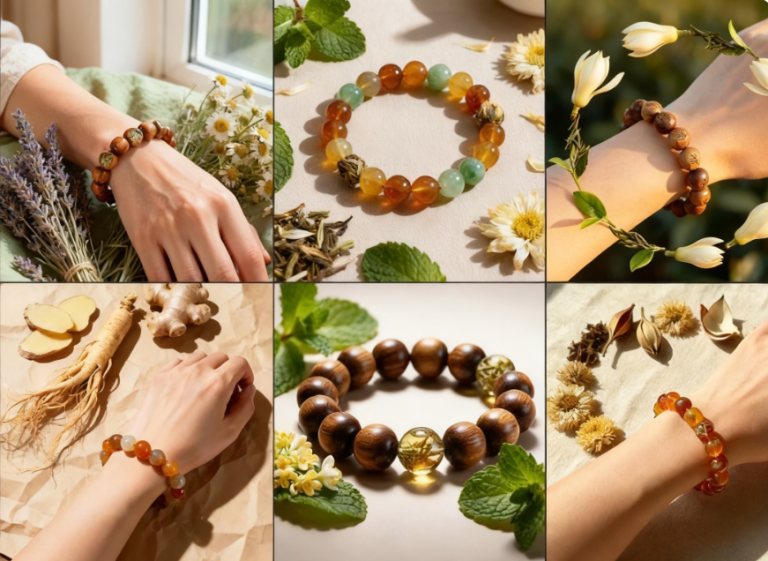
In an era dominated by rapid technological advances and mass production, the art of crafting remains a profound symbol of human creativity and cultural identity. As the world races towards automation and digitalization, there is an equally powerful movement embracing handmade products, artisanal craftsmanship, and sustainable manufacturing practices. These are not just nostalgic echoes of the past but vital forces shaping the future of how we value work, beauty, and connection. The story of craftsmanship today is deeply intertwined with slow fashion, ethical production, and local sourcing, reflecting a growing desire to craft a more mindful, inclusive, and sustainable world.
Walking through a small workshop in a quaint village, I once met Arun, a master woodworker whose family had practiced the craft for generations. Each piece he created was more than furniture; it was a narrative carved with care, reflecting centuries of tradition blended with his personal artistry. Arun’s commitment to using sustainably harvested timber and natural finishes resonated deeply with the values of eco-friendly craftsmanship that many consumers now seek. He told me how customers from distant countries reached out, not just to buy his work but to own a fragment of a culture preserved through skill and patience. This personal connection illustrates how craftsmanship extends beyond utility — it fosters relationships and honors heritage.
The rise of ethical fashion brands has also reignited appreciation for craftsmanship in textiles. Unlike fast fashion’s disposable mentality, artisans dedicate time to handweaving, natural dyeing, and embroidery techniques that tell stories through fabric. I recall meeting a young designer, Leila, who collaborates with rural communities to revive endangered textile arts. Her collections showcase organic cotton and hand-spun yarns, merging contemporary aesthetics with ancient methods. Leila’s efforts emphasize how preserving these crafts empowers local economies and reduces reliance on synthetic, polluting fabrics. Consumers who wear such pieces often share a sense of pride, knowing their clothing supports fair wages and environmental stewardship.
Craftsmanship is not confined to tradition alone; innovation plays a vital role in sustainable manufacturing today. Take the example of a tech-savvy ceramicist who integrates digital design with hand molding, producing uniquely personal yet environmentally conscious ceramics. By adopting low-impact production techniques and biodegradable materials, artisans like her challenge assumptions that modernity and sustainability are at odds. The studio I visited buzzed with the harmony of tradition and technology, reminding me that craft and innovation can coexist beautifully. These makers are rewriting what it means to produce responsibly in a world facing climate urgency.
Meanwhile, the concept of local sourcing is gaining momentum among businesses and consumers eager to reduce carbon footprints and support community resilience. When materials travel shorter distances and products are crafted nearby, the environmental impact diminishes significantly. I encountered a leatherworker in Italy who sourced hides exclusively from local farms practicing regenerative agriculture. His workshop thrived not just because of exquisite craftsmanship but also due to the trust built within a tight-knit community. Clients appreciated owning accessories with authentic provenance and a lighter environmental footprint. This approach challenges the globalization-driven supply chains and offers a model where quality, transparency, and sustainability align.
The social impact of craftsmanship cannot be understated. In many parts of the world, artisanal work provides livelihoods for marginalized groups, especially women. A project I volunteered with in a Southeast Asian village supported women weavers, helping them gain access to fair markets and skill development. Watching them weave colorful patterns on looms under the shade of trees, I was struck by how craft fosters dignity, self-reliance, and cultural pride. These are often invisible threads woven into every handmade product, making the story behind each item richer and more meaningful. When we choose crafted goods, we embrace not only quality but also human stories of perseverance and hope.
Consumer awareness around slow fashion and ethical consumerism is gradually reshaping markets. People increasingly ask where their products come from and how they are made. This shift creates space for artisans and small-scale producers to thrive, moving away from the impersonal churn of fast production lines. A friend shared how she now invests in fewer but higher-quality garments, each piece thoughtfully selected for its craftsmanship and sustainability. This mindful approach to consumption nurtures a deeper appreciation for the effort behind every stitch and every detail, transforming buying into an act of conscious care.
The digital age also offers new avenues for craftsmanship to flourish globally. Online platforms enable artisans to reach international audiences, telling their stories and selling their work beyond geographical limitations. This connectivity helps preserve endangered crafts by creating demand and awareness. I recently discovered a community of basket weavers in Africa who expanded their reach through e-commerce, allowing their delicate, eco-friendly creations to grace homes worldwide. Their experience shows how technology, when harnessed thoughtfully, can empower tradition rather than replace it, weaving old and new into a vibrant tapestry of cultural exchange.

Craftsmanship, with its emphasis on quality, sustainability, and human connection, stands as a powerful antidote to the throwaway culture permeating much of modern consumption. It invites us to slow down, appreciate the artistry in everyday objects, and recognize the impact our choices have on people and the planet. From hand-carved furniture to hand-stitched garments and beyond, crafted goods embody values that resonate deeply in our search for authenticity and meaning. They remind us that the future we want is one where beauty, care, and responsibility are thoughtfully woven into the fabric of life.


